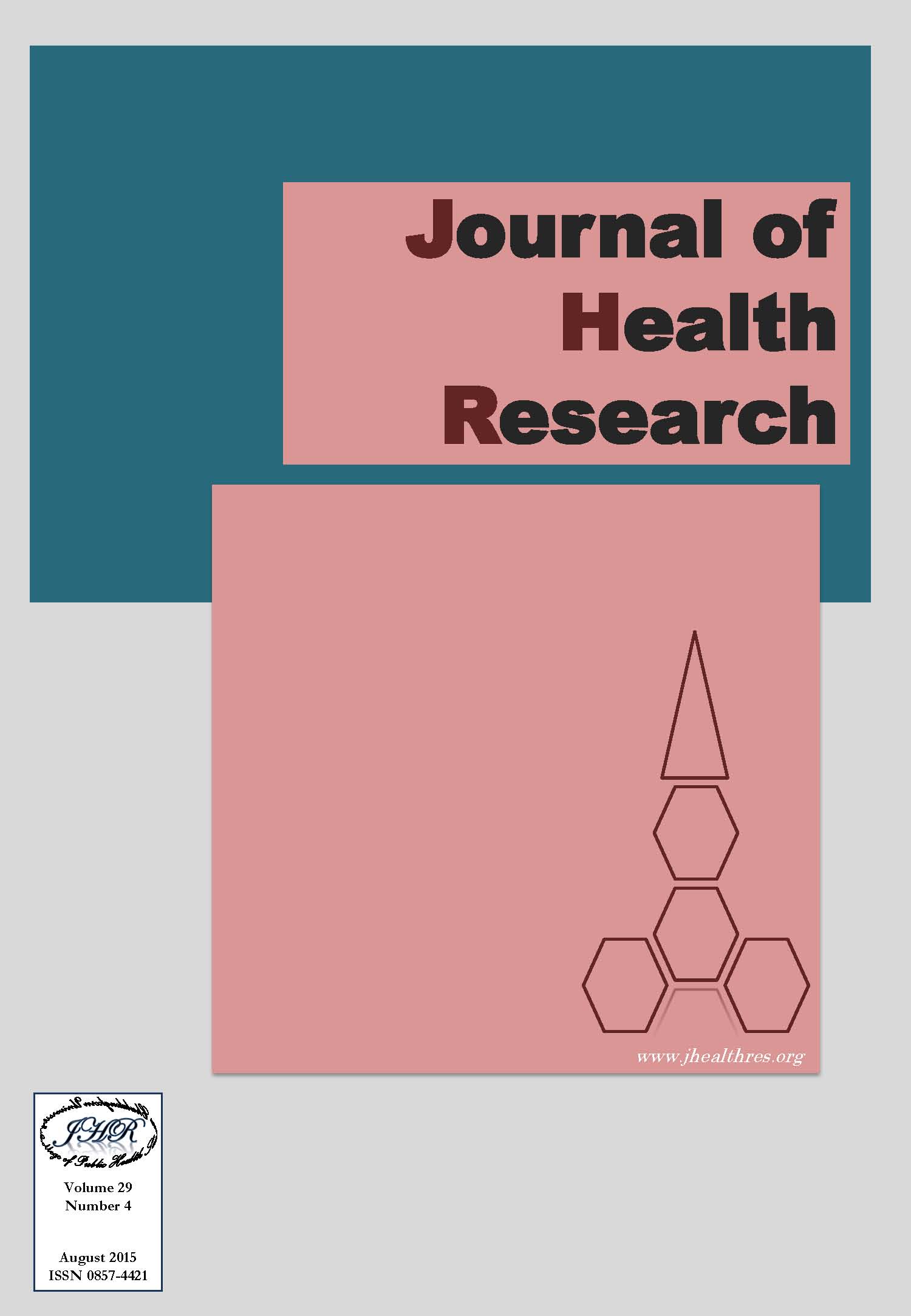Perception of Rural Married Women in Myanmar Regarding Provision of Delivery Care by Midwives and Traditional Birth Attendants
Keywords:
Rural married women, Delivery care, Midwives, Traditional birth attendants, MyanmarAbstract
Background: Skilled birth attendants (SBAs) including midwives are important for preventing both maternal and neonatal death. In Myanmar, a large proportion of delivery care in rural areas is provided by SBAs (63.9%) especially midwives. However, some are still delivered by traditional birth attendants (TBAs) (32.6%), which may lead to increased maternal and neonatal morbidity and mortality. This study aimed to find out factors influencing perception of rural married women regarding provision of delivery care by midwives and traditional birth attendants.
Method: This was a cross-sectional study. Structured interview questionnaires was conducted in 246 married women in two villages of Leiway Township, Nay-Pyi-Taw, Myanmar who had delivered a baby within 5 years.
Results: Nearly (30%) of women were 25-29 age group with a mean age of 30.2±7.37 SD years. One third of the women (33%) completed higher than secondary school level or more than 9 years of schooling. Only (34%) of women currently work and almost half of women (56%) reported having regular income. Approximately (69%) of women had ≤ 2 children and (82%) of women gave birth by skilled birth attendants. A half of women (53%) paid less than 20000 Kyats (20 USD) on delivery services. Majority of women (82%) reported that number of walking hour from home to health center was 1-2 hour(s). Mean knowledge and perception scores of women on delivery care was 18.95±1.91 SD (min-15, max-24) and 48.16 ±7.09 SD (min-29, max-61) respectively. Multiple linear regression analysis showed that women’s age 25–29 years (β = 3.46, p< 0.01) and 30-39 years (β = 3.01, p< 0.05) with current worked women (β =1.94, p<0.05) that of knowledge scores of women (β = 1.5, p< 0.001) were significantly more likely to have positive perception on provision of delivery care by midwives and may increase perceived utilization of midwives oriented delivery care.
Conclusion: Age, working status and knowledge scores of women are the strong predictors of perception on delivery care by midwives and traditional birth attendants. Health education about advantages of midwife assisted delivery care should be encouraged to rural married women.







